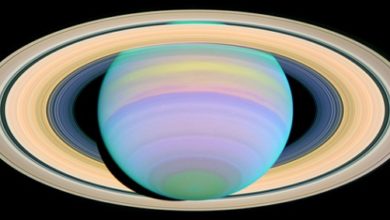
Orbiting a sun slightly smaller and dimmer than our own, a planet just over twice the size of Earth has been discovered in a position that, like Earth, would allow for the formation of liquid water and a temperate atmosphere. It lies in what is referred to as the “Goldilocks” zone, an orbit around its sun just right for habitability.
NASA revealed its discovery on Monday, along with other findings made by the Kepler space telescope, which included “more than 1,000 new exoplanet candidates.”
The planet, called Kepler-22b, and its sun are 600 light-years away from Earth. This is the first discovery of a “potentially habitable alien world” for the Kepler spacecraft, and its existence points to the very real possibility that many Earth-like planets within habitable zones exist throughout the universe.
Quo Vadimus?
Why do we search for other habitable planets? What do we hope to find? Where are we going?
The fact that Kepler-22b rests a cool 600 light-years away (that’s quadrillions of miles) leaves us in the unfortunate position of being able to observe it, but unable to ever actually reach it. Not with our current technology, and certainly not any time soon.
Is it simply our desire to know? Or will we one day actually make those old dreams of intergalactic space travel a reality?
The mission of the Kepler space telescope is not to find life beyond Earth, but to locate planets that could potentially support life. The fact of the matter is that, sooner or later, something is going to happen to Earth. An asteroid collision, greenhouse gasses clouding our atmosphere, the death of our sun.
Regardless of whether or not the human species will live to witness any of these things, the Earth won’t be here forever.
And so we march on, despite our limitations, and despite an uncertain future.
The sky calls to us. If we do not destroy ourselves, we will one day venture to the stars.” – Carl Sagan, Cosmos: The Backbone of Night






